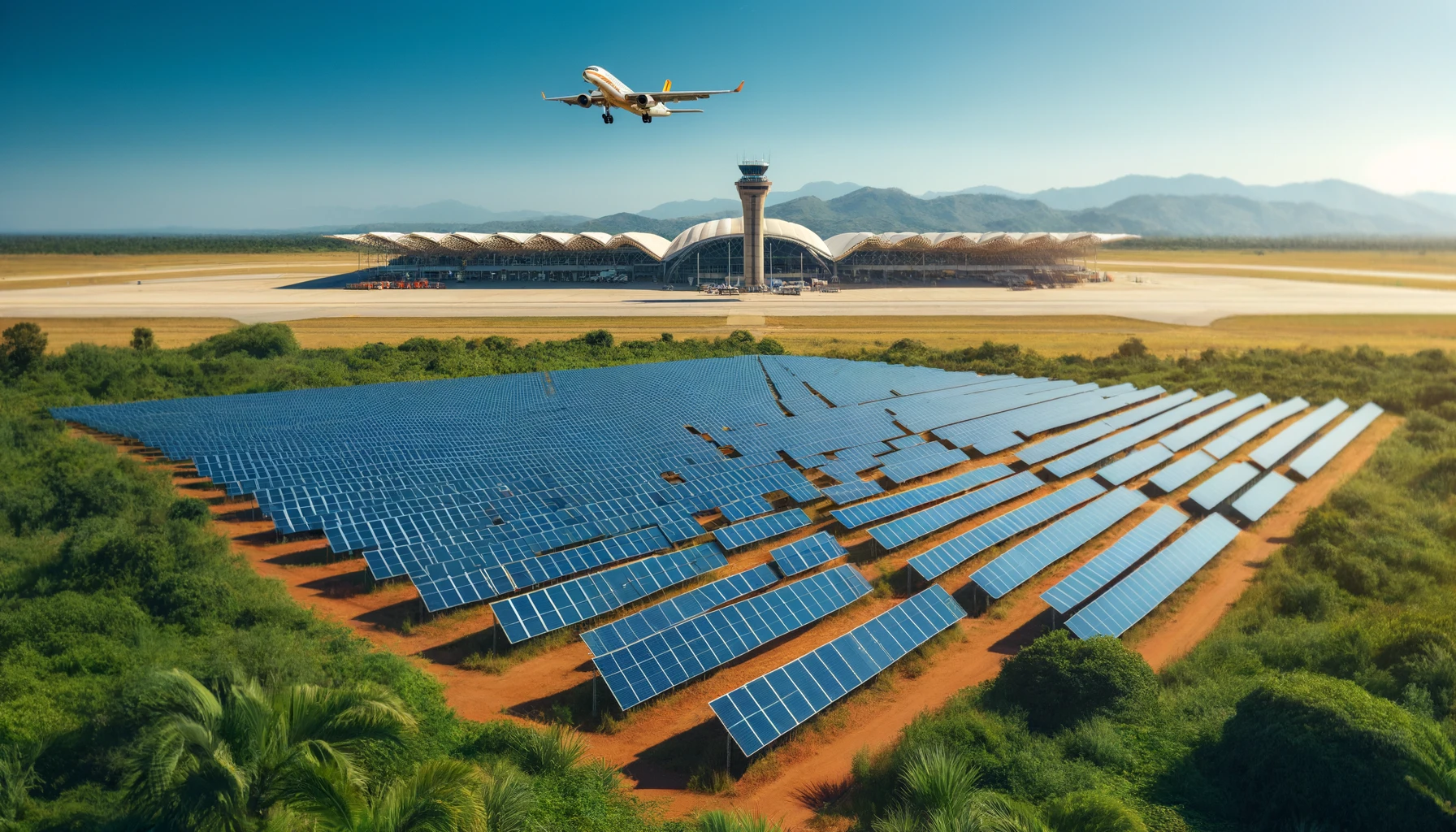Creating Investor-Friendly Renewable Energy Policies: Lessons from Malawi's Solar Farm

A study by Hassan Qudrat-Ullah from the School of Administrative Studies, York University, Toronto, Canada focuses on making renewable energy more attractive for investors by using a policy called Feed-In Tariff (FIT). This policy guarantees that electricity generated from renewable sources, like solar or wind, will have a long-term price and access to the electricity grid. FIT policies have worked well in many places, especially in Europe, but they need to be tailored to fit the local economic conditions to be successful.
Importance of Financial Modeling in FIT Policies
One important aspect of developing FIT policies is financial modeling. Financial modeling helps policymakers design FITs that balance the costs and profits for energy developers. It also helps consider the costs of electricity production, adjust payment levels over time, and apply cost control measures. This modeling can support the United Nations' Sustainable Development Goal No. 7, which aims to ensure that everyone has access to affordable, reliable, and clean energy.
Case Study: Kamuzu International Airport Solar Farm
To show how financial modeling works, the study uses the example of the Kamuzu International Airport (KIA) solar farm in Malawi. This project is a 20-megawatt (MW) solar power installation that provides clean and reliable electricity to the airport and the national grid. The study looked at how different scenarios would affect the financial performance and attractiveness of the project. It found that moving from a fixed price model to one that adjusts for inflation could greatly increase private investment in the energy sector. This is because considering local economic conditions and macroeconomic risks, like inflation, is important for making FIT policies sustainable.
Key Factors in Developing Effective FIT Policies
The framework proposed in the paper has six key factors: technology eligibility, tariff differentiation, tariff calculation methodology, remuneration model, tariff structure and contract duration, and interconnection. The paper outlines a systematic approach that includes defining the problem, collecting and analyzing data, financial modeling, and evaluating and recommending policies.
The framework proposed in the paper includes six key factors essential for developing effective FIT policies. Firstly, technology eligibility involves deciding which types of renewable energy technologies, such as solar, wind, or biomass, qualify for the FIT policy. Secondly, tariff differentiation is about setting different prices for various renewable energy projects based on factors like the type of technology, project size, and location. For instance, a solar project in a remote area might receive a higher tariff to encourage investment there. The third factor, tariff calculation methodology, focuses on how the tariff or price is determined. The paper suggests using the Levelized Cost of Energy (LCOE), which accounts for all the costs of building and operating a renewable energy project over its lifetime.
The remuneration model, the fourth factor, refers to the structure of payments. The paper recommends shifting from a fixed price model to one that includes inflation adjustments, meaning that the payment increases with inflation, making the investment more secure. The fifth factor, tariff structure, and contract duration involves setting a fixed price for a long period, typically 20 years. This provides investors with a stable revenue stream, thus attracting more investment. Finally, interconnection ensures that renewable energy projects can connect to the electricity grid. The paper suggests that the government should cover the costs of upgrading the grid, while the project developers pay for connecting their projects to the nearest grid point.
Ensuring Profitability and Sustainability
Using the KIA solar farm as an example, the study found that the project needs a FIT rate of 0.34 dollars per kilowatt-hour (kWh) to be profitable. This rate would allow investors to earn a 10 percent return on their investment. The study also showed that adjusting the FIT payments to account for changes in renewable energy costs and inflation is crucial. This makes the policy more attractive to investors and helps ensure the project's financial sustainability.
An effective FIT policy should be flexible and adjust financial incentives to attract investments in renewable energy. It should reflect local economic conditions and provide a stable and predictable revenue stream for investors. This approach can help increase the production of renewable energy and support the goal of providing affordable, reliable, and clean energy for everyone.
- FIRST PUBLISHED IN:
- Devdiscourse










